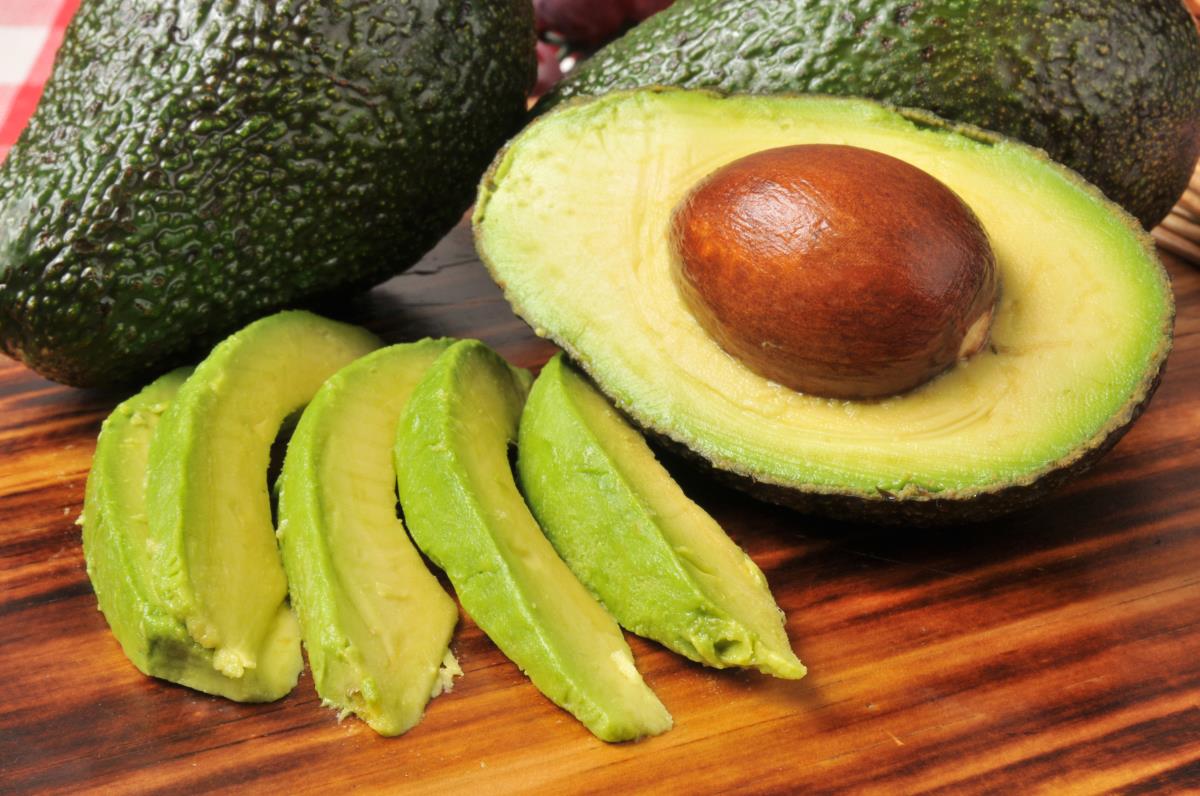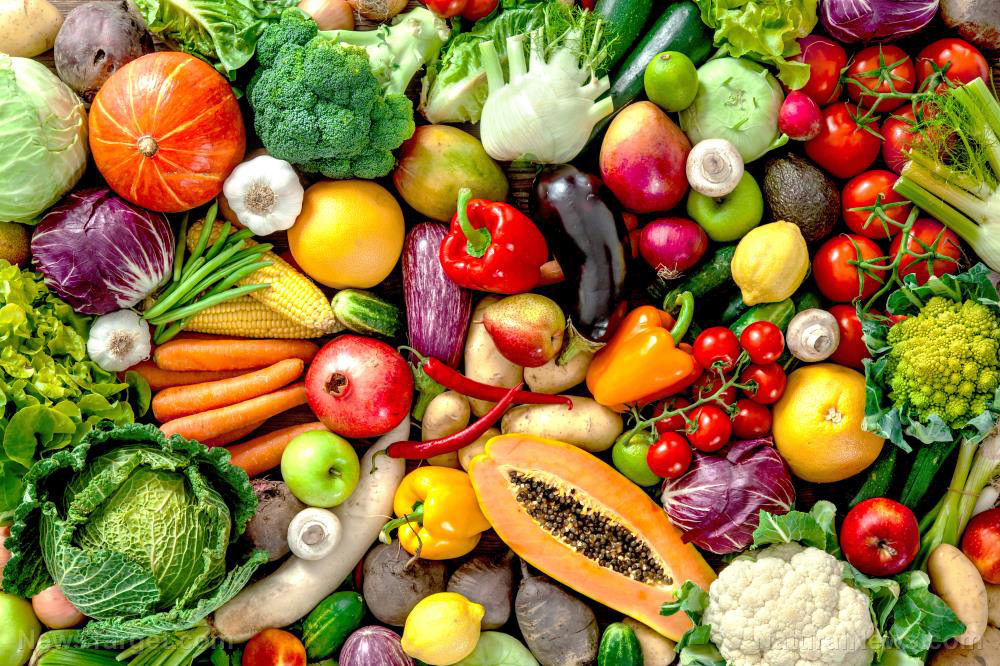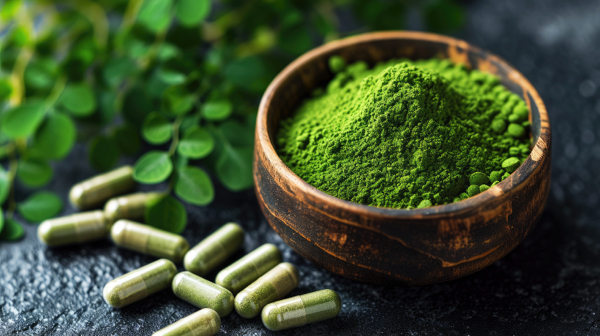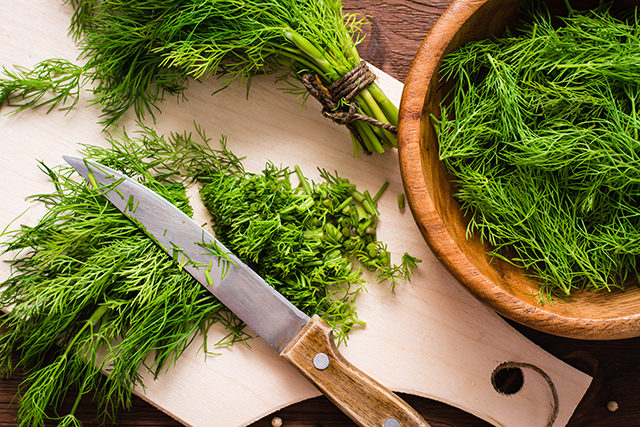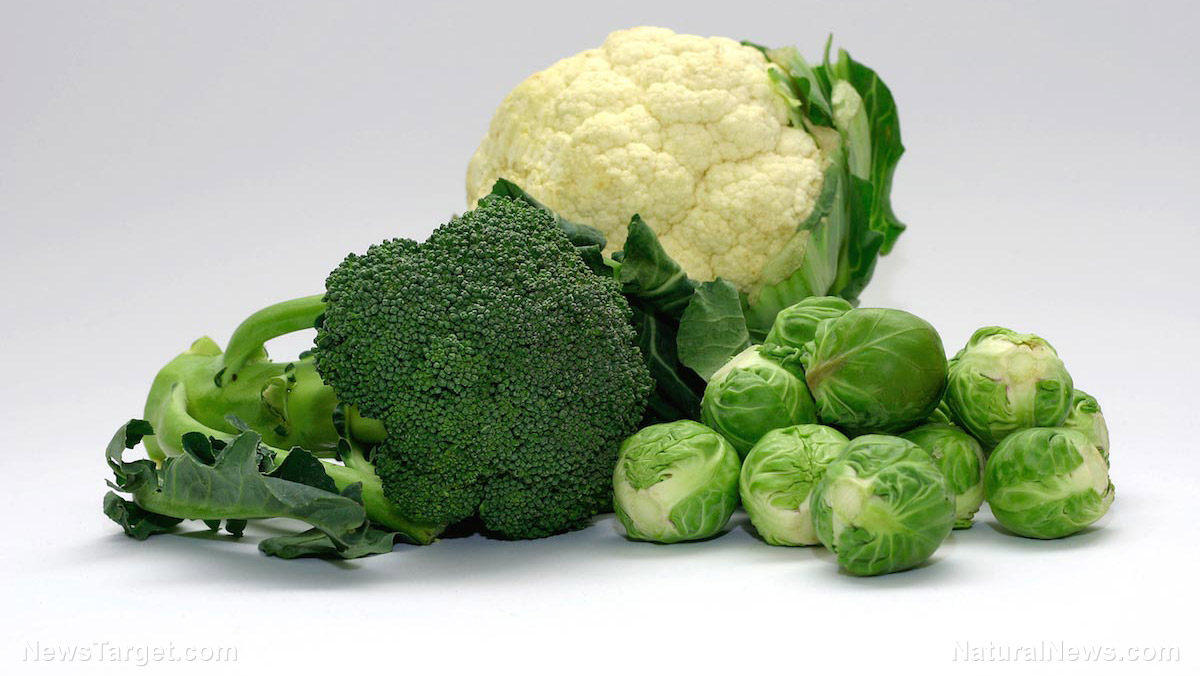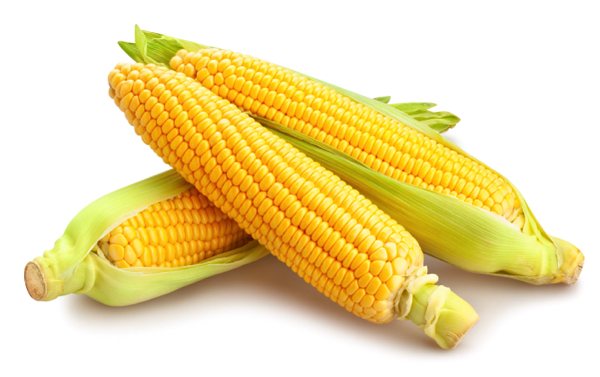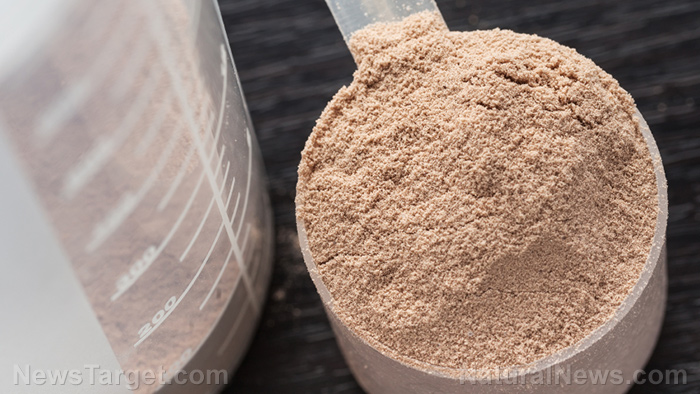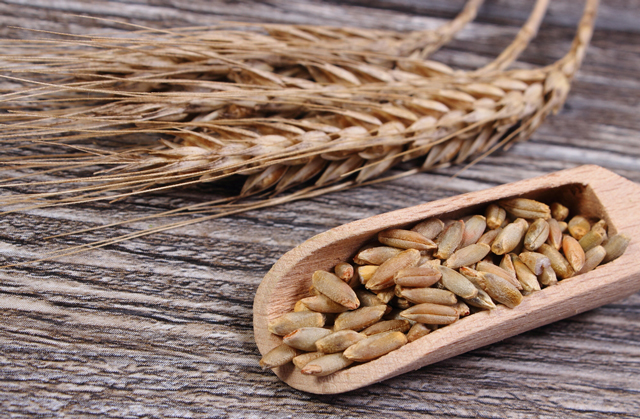The antioxidant crisis: How mushrooms and soil health could be key to longevity
05/01/2025 / By Willow Tohi
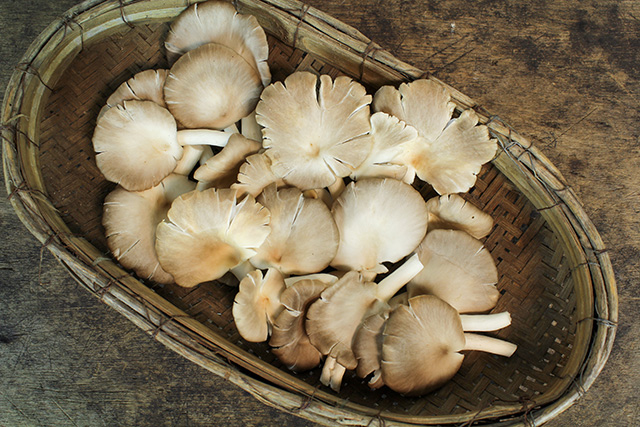
- Ergothioneine (ERGO), a rare antioxidant found abundantly in mushrooms and soil-grown foods, is linked to reduced risks of neurodegenerative diseases like Alzheimer’s and Parkinson’s. Modern farming practices have depleted ERGO in diets, raising concerns about its role in brain health and aging.
- Humans have a dedicated transport protein for ERGO, which helps combat inflammation and oxidative stress—key drivers of aging. Despite its importance, average daily intake in the U.S. (1 mg) is far below levels in regions with mushroom-rich diets (e.g., 5 mg in Italy).
- Industrial farming (tilling, pesticides, monocropping) disrupts fungal networks that transfer ERGO to crops, reducing levels by up to 30%. Regenerative farming (no-till, organic methods) could restore ERGO by prioritizing soil health and nutritional quality over yield alone.
- Shiitake, oyster and porcini mushrooms contain the highest ERGO levels — just 100 g of oyster mushrooms provides 5 mg. ERGO works synergistically with glutathione (GSH), another antioxidant abundant in mushrooms, to enhance cellular protection.
- To address ERGO and glutathione depletion, experts recommend eating more mushrooms, choosing regenerative farm products and avoiding processed foods. Policy and consumer choices must shift to prioritize nutrient-dense foods and sustainable agriculture for long-term health benefits.
In an era where chronic diseases and cognitive decline are on the rise, scientists are turning their attention to a rare antioxidant that may hold the key to longevity: ergothioneine (ERGO). Found abundantly in mushrooms and soil-grown foods, ERGO is now vanishing from diets due to modern farming practices — raising urgent questions about its role in brain health, aging and disease prevention. At the forefront of this research is Robert Beelman, professor emeritus at Penn State’s Center for Plant and Mushroom Foods for Health, who warns that ERGO’s depletion could be a hidden driver of neurodegeneration. With studies linking higher ERGO intake to reduced risks of Alzheimer’s and Parkinson’s, the race is on to restore this “longevity vitamin” to the food supply — starting with what you eat and how you farm.
The “longevity vitamin” missing from modern diets
ERGO, a potent antioxidant produced by fungi and soil microbes, was first discovered in 1909 but long overlooked. In 2005, researchers made a breakthrough: humans have a dedicated transporter protein for ERGO, funneling it from food into red blood cells for distribution to tissues, where it combats inflammation and oxidative stress — two hallmarks of aging.
Biochemist Bruce Ames later theorized ERGO as a “longevity vitamin,” essential for sustaining health over a lifetime. “Our findings show a strong association between higher ERGO consumption and reduced risk of neurodegenerative diseases,” Beelman told the Epoch Times. Yet Americans consume just 1 mg daily — far below Italy’s 5 mg, where mushroom-rich diets correlate with longer lifespans.
Soil health: The forgotten link to nutrient density
The decline of ERGO traces back to industrial agriculture. “Healthy soil is the foundation of healthy plants,” said registered dietitian Alison Steiber. Intensive tilling, pesticides and monocropping disrupt fungal networks that transfer ERGO to crops. Beelman’s research found tillage slashes ERGO levels in oats and soybeans by 30%.
Regenerative farming— cover crops, no-till practices and organic methods — could reverse this. “Someone needs to step up to change our focus from yield alone to nutritional quality,” Beelman urged, tying depleted soils to rising healthcare costs.
Mushrooms: Nature’s ERGO powerhouse
While ERGO lingers minimally in beans and liver, mushrooms are unparalleled sources. “Shiitake, oyster and porcini mushrooms pack the highest levels,” said Beelman. Just 100 grams of oyster mushrooms deliver 5 mg of ERGO — a proposed daily target. For those who dislike mushrooms, supplementation or soil-restored crops may offer alternatives, but biodiversity remains critical. Emerging research suggests ERGO’s synergy with glutathione (GSH), another vital antioxidant abundant in mushrooms, amplifies their protective effects.
Glutathione: The master antioxidant under siege
Parallel to ERGO’s decline, modern lifestyles are depleting glutathione — the body’s “master detoxifier.” Processed foods, alcohol, pollution and stress drain GSH, leaving cells vulnerable to damage. “When glutathione is low, toxins accumulate and inflammation spirals,” explained toxicologist Dr. Yvonne Burkart in a public health lecture.
Rebuilding GSH requires sulfur-rich foods (garlic, cruciferous veggies), selenium (Brazil nuts) and bioactive compounds like N-acetyl cysteine (NAC). Exercise and sleep also boost production, while avoiding charred meats and microplastics reduces demand.
A path forward: Diet, farming and policy
The ERGO and glutathione crises underscore a deeper truth: human health is inseparable from soil health. Beelman’s work calls for agricultural reforms and consumer action. “Choosing mushrooms, supporting regenerative farms and prioritizing nutrient density can reset the balance,” he said.
As science unravels the ties between soil microbes and cellular resilience, the message is clear: the future of longevity may depend on what grows beneath your feet — and on your plates.
Sources for this article include:
Submit a correction >>
Tagged Under:
agriculture, anging secrets, antioxidants, disease prevention, Ecology, environment, farming practices, food cures, food science, food supply, good food, grocery, grocery cures, health science, longevity, Mushrooms, natural health, nutrients, organic farming, phytonutrients, remedies, research, soil health
This article may contain statements that reflect the opinion of the author
RECENT NEWS & ARTICLES
COPYRIGHT © 2017 NUTRIENTS NEWS

